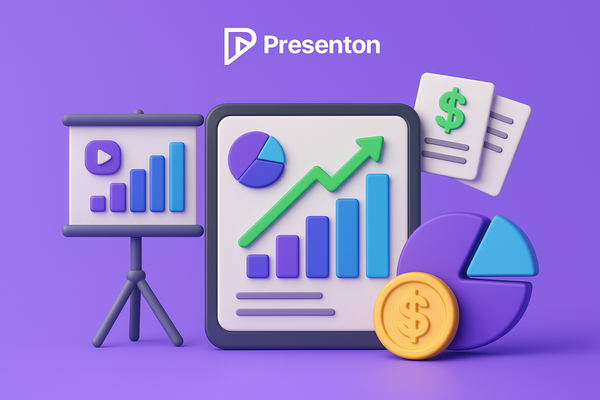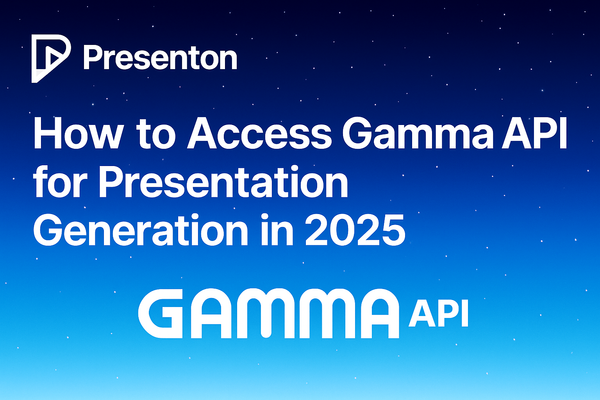The Power of Data Storytelling: Turn Numbers into Narratives

What is Data Storytelling?
Data storytelling is the process of turning numbers and statistics into a narrative that is easy to understand and remember. It combines data analysis with storytelling techniques to create a compelling story that provides context and meaning, helping audiences grasp insights without getting lost in raw data.
Why is it Important?
Data storytelling is vital because it enhances communication, especially for non-technical audiences. It helps decision-makers act on insights by making data relatable and memorable. For example, instead of presenting sales figures, a story might show how those numbers impacted customer satisfaction, driving better business strategies.
- Research suggests data storytelling transforms complex data into engaging narratives, making insights accessible and actionable.
- It seems likely that effective data storytelling involves understanding the audience, using visuals, and structuring a clear narrative.
- The evidence leans toward data storytelling being crucial for decision-making and communication in data-driven environments.
How to Turn Numbers into Narratives
To turn numbers into narratives, start by identifying key metrics, like a 10% sales increase. Find patterns, such as seasonal trends, and humanize the data by linking it to real-world impacts, like more jobs created. Craft a story with a beginning (the situation), middle (the challenge), and end (the resolution), using visuals like charts to enhance understanding.
Examples in Action
Real-world examples include Spotify's Wrapped, which turns listening data into personalized stories with engaging visuals, and Facebook's sustainability reports, which make environmental data accessible. News outlets also use data storytelling to explain complex issues like climate change, making data relatable to the public.
Detailed Analysis and Insights
In the current era, marked by an explosion of data, the ability to effectively communicate insights is more critical than ever. This analysis delves into the concept of data storytelling, exploring its definition, importance, methodologies, and practical applications, with a focus on transforming numbers into narratives. The discussion is informed by extensive research conducted on March 17, 2025, and aims to provide a comprehensive understanding for both practitioners and lay audiences.
Definition and Conceptual Framework
Data storytelling is defined as the art of weaving a narrative around data to convey information, insights, and outcomes in an engaging and accessible manner. It transcends mere presentation of numbers, integrating data analysis with narrative techniques to create stories that resonate with audiences. For instance, TechTarget's definition highlights it as a process to translate complex analyses into understandable terms for decision-making, emphasizing its roots in data science and business analytics.
The concept is distinct from data visualization, which focuses on graphical representation, as data storytelling incorporates narrative and context to explain the "why" behind the data, as noted by Microsoft Power BI. This dual approach ensures that insights are not only seen but also felt and understood, particularly by non-technical stakeholders.
Importance and Benefits
The importance of data storytelling lies in its ability to bridge the gap between data and action. Research suggests it enhances effective communication by simplifying complex information, making it digestible for diverse audiences. For example, HBS Online underscores its role in turning insights into action, noting that without effective communication, valuable data can go unnoticed. This is particularly relevant in business settings, where decision-makers rely on clear insights to drive strategies.
Moreover, data storytelling fosters engagement by leveraging the human affinity for stories, as discussed by ToucanToco. Stories are more memorable than raw data, increasing retention and influencing decision-making. The demand for this skill is evident, with the Bureau of Labor Statistics projecting a 25% growth in research analyst roles by 2030, as per HBS Online, highlighting its integration into job descriptions and new roles like data storytellers.
Methodologies and Techniques
Turning numbers into narratives requires a structured approach, with several key principles identified through research. First, understanding the audience is crucial, tailoring the story to their needs and technical comfort, as advised by ThoughtSpot. This involves considering their background and decision-making context, ensuring relevance.
Defining the purpose is another critical step, focusing on what insight or action is desired, as outlined by Microsoft Power BI. Contextualizing the data by providing background information makes it meaningful, while using visuals like charts and infographics enhances comprehension, as supported by GoodData.
Techniques for narrative creation include identifying key metrics, such as a 10% sales increase, and finding patterns, like seasonal trends, to build the story. Humanizing the data by linking it to real-world impacts, such as job creation, adds relatability, as suggested by Venngage. Structuring the narrative with a beginning (situation), middle (challenge), and end (resolution) ensures engagement, with Lucidchart emphasizing the importance of a clear plot.
Practical Examples and Case Studies
Real-world examples illustrate the application of data storytelling. Spotify's Wrapped, analyzed by Venngage, transforms listening data into personalized stories with engaging visuals, making data consumption enjoyable. Facebook's 2020 Environmental Sustainability Report, also referenced by Venngage, uses data storytelling to make complex environmental data accessible, enhancing public understanding.
News outlets like the New York Times and Five Thirty Eight, as noted by Shorthand, employ data storytelling to explain issues like climate change, using interactive visualizations to engage audiences. These examples demonstrate how data can be turned into narratives that inform and inspire action, particularly in social and business contexts.
Challenges and Best Practices
Despite its benefits, data storytelling faces challenges, such as avoiding data overload and ensuring accuracy. Nugit discusses the cognitive load, suggesting careful selection of variables to keep narratives focused. Best practices include testing early drafts with stakeholders for feedback, as recommended by Quadratic, and using tools like interactive dashboards to enhance engagement, as per ToucanToco.
Comparative Analysis
To organize the methodologies, consider the following table comparing key techniques:
| Technique | Description | Example Use Case |
|---|---|---|
| Audience Understanding | Tailor story to audience needs and expertise | Presenting to executives vs. analysts |
| Purpose Definition | Clearly state the insight or action desired | Driving sales strategy |
| Data Contextualization | Provide background to make data meaningful | Explaining economic trends |
| Visual Enhancements | Use charts, graphs for clarity | Showing sales growth with bar charts |
| Narrative Structuring | Create beginning, middle, end | Storytelling sales recovery post-crisis |
This table, derived from insights across multiple sources, highlights the structured approach to data storytelling, ensuring a comprehensive strategy.
Conclusion and Future Directions
Data storytelling is a transformative skill, turning numbers into narratives that drive understanding and action. Its importance is underscored by its growing demand in professional settings and its ability to humanize data, making it a cornerstone of data-driven cultures. Future research could explore advanced AI tools, like those mentioned by Quadratic, to further enhance narrative creation.
This analysis, conducted on March 17, 2025, provides a robust foundation for practitioners to leverage data storytelling, encouraging its adoption to bridge the gap between data and decision-making.
Key Citations
- TechTarget's definition of data storytelling
- HBS Online on data storytelling importance
- ToucanToco on data storytelling engagement
- ThoughtSpot on audience understanding
- Microsoft Power BI on purpose definition
- GoodData on visual enhancements
- Venngage on humanizing data
- Lucidchart on narrative structuring
- Shorthand on news outlet examples
- Nugit on cognitive load challenges
- Quadratic on testing drafts
- ToucanToco on interactive dashboards




